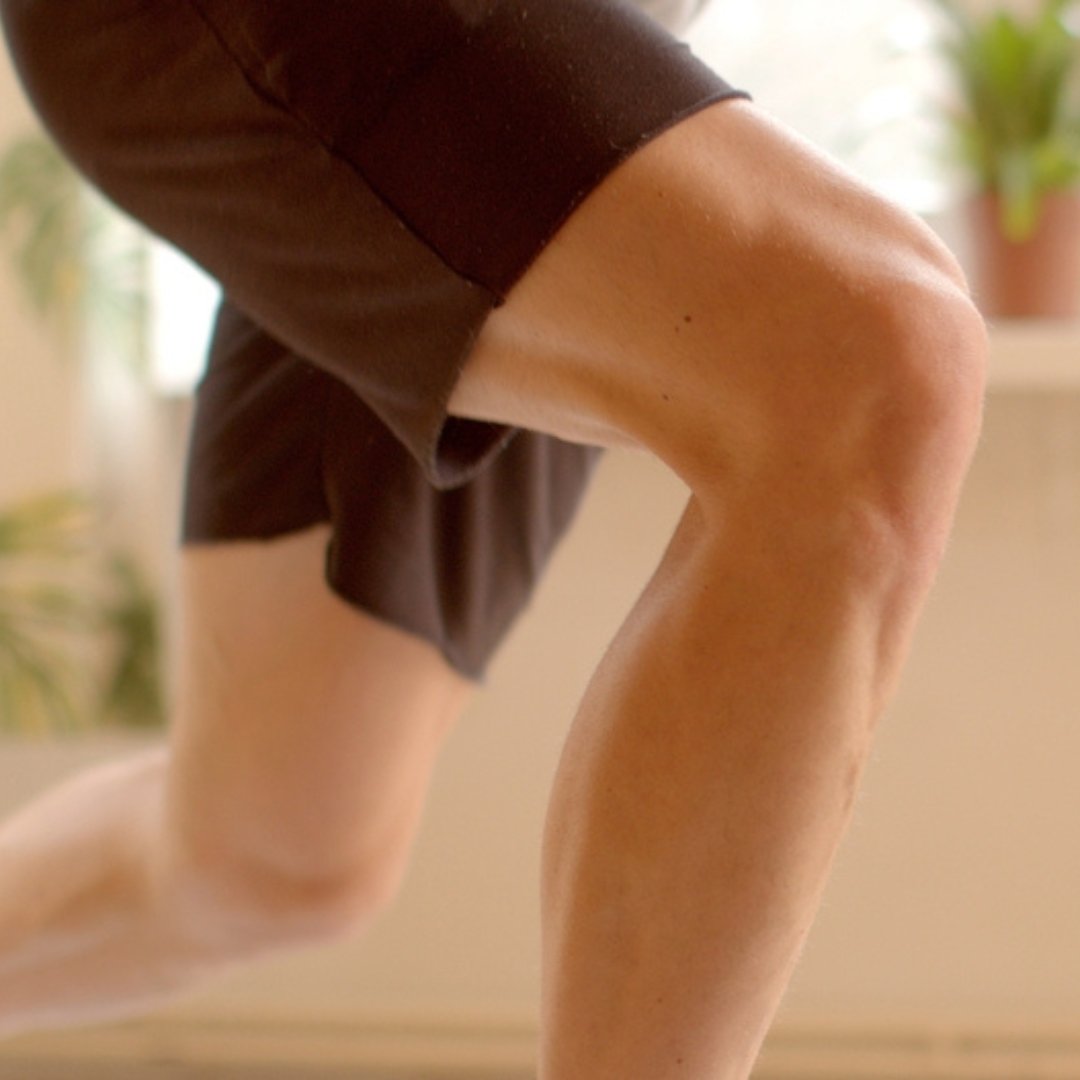
How Soon Should You Go Back to Driving After Knee Replacement Surgery?
Driving after knee replacement surgery? Learn when it’s safe to return to the road and how to manage stiffness, pedal control, and long-drive comfort.
If you’ve had knee pain, or you’re recovering from surgery, you’ve probably been told to “just put some ice on it.” For decades, icing has been the go-to advice for injuries and soreness.
But newer research is challenging the old R.I.C.E. (Rest, Ice, Compression, Elevation) method, raising an important question:
Does icing actually help your knee heal—or could it slow things down?
Read the FULL clinical paper here: ![]() ‘The Efficacy of Icing for Injuries and Recovery’
‘The Efficacy of Icing for Injuries and Recovery’
For those of you who want the short-version, here’s what you need to know if you’re currently icing your knee for pain or recovery
If you’ve had knee pain, or you’re recovering from surgery, you’ve probably been told to “just put some ice on it.” For decades, icing has been the go-to advice for injuries and soreness.
But newer research is challenging the old R.I.C.E. (Rest, Ice, Compression, Elevation) method, raising an important question:
Read the FULL clinical paper here: ![]() ‘The Efficacy of Icing for Injuries and Recovery’
‘The Efficacy of Icing for Injuries and Recovery’
For those of you who want the short-version, here’s what you need to know if you’re currently icing your knee for pain or recovery
Key Points You Should Know:
1. Ice relieves pain, but only temporarily.
The most consistent benefit of icing is short-term pain relief. It can help calm soreness or take the edge off right after an injury or flare-up. But keep in mind: pain relief doesn’t equal healing.
2. Icing may slow long-term healing.
Studies on muscle injuries show that tissues left to heal without ice regenerate faster and with less scarring than tissues exposed to repeated icing. In other words, while ice makes you feel better in the moment, it may hold your healing back in the long run.
3. Reduced swelling vs. reduced blood flow.
Ice constricts blood vessels and reduces swelling, but that also limits blood flow and slows the body’s natural inflammatory response, which is a key part of healing. Suppressing it too much can be counterproductive.
4. Timing matters.
Icing can be useful in the first 12–24 hours after an injury or surgery, especially for pain and swelling. But prolonged or frequent use beyond that early phase may delay recovery.
5. Movement may be better than ice.
When you move and contract your muscles, the lymphatic vessels deep inside the body are squeezed, and the fluid within forces it to move. Early, gentle activity and gradual loading of the joint are more effective at restoring function than ice.
Key Points You
Should Know:
1. Ice relieves pain, but
only temporarily.
The most consistent
benefit of icing is short-
term pain relief. It can help
calm soreness or take the
edge off right after an
injury or flare-up. But keep
in mind: pain relief doesn’t
equal healing.
2. Icing may slow long-
term healing.
Studies on muscle injuries
show that tissues left to
heal without ice regenerate
faster and with less
scarring than tissues
exposed to repeated icing.
In other words, while ice
makes you feel better in
the moment, it may hold
your healing back in the
long run.
3. Reduced swelling vs.
reduced blood flow.
Ice constricts blood
vessels and reduces
swelling, but that also
limits blood flow and slows
the body’s natural
inflammatory response,
which is a key part of
healing. Suppressing it too
much can be
counterproductive.
4. Timing matters.
Icing can be useful in the
first 12–24 hours after an
injury or surgery, especially
for pain and swelling. But
prolonged or frequent use
beyond that early phase
may delay recovery.
5. Movement may be
better than ice.
When you move and
contract your muscles,
the lymphatic vessels
deep inside the body are
squeezed, and the fluid
within forces it to move.
Early, gentle activity and
gradual loading of the joint
are more effective at
restoring function than ice.
Icing isn’t “bad,” but it’s not the miracle recovery tool many of us grew up believing. It helps with comfort in the short term, but your real progress comes from what you do consistently, like moving, strengthening, and following your recovery plan.
So the next time you reach for the ice pack, remember: it can help you feel better, but your movement is what actually makes you better.
Icing isn’t “bad,” but it’s not the miracle recovery tool many of us grew up believing. It helps with comfort in the short term, but your real progress comes from what you do consistently, like moving, strengthening, and following your recovery plan.
So the next time you reach for the ice pack, remember: it can help you feel better, but your movement is what actually makes you better.
Good knees start here. Don’t miss a step—subscribe to KneeMail for free tips from knee expert Shehla Rooney, PT!

Driving after knee replacement surgery? Learn when it’s safe to return to the road and how to manage stiffness, pedal control, and long-drive comfort.

Protect your knee health with lifestyle tips, exercises, and therapies that help prevent degeneration and support long-term joint comfort.

Sex after knee replacement surgery is safe with the right timing, tips, and support. Learn how to return to intimacy with confidence.

Learn how neuromuscular training improves knee stability, balance, and proprioception to support joint health and prevent injuries.

Learn why knee stiffness isn’t only caused by aging and discover strategies to ease pain, improve mobility, and support long-term knee health.